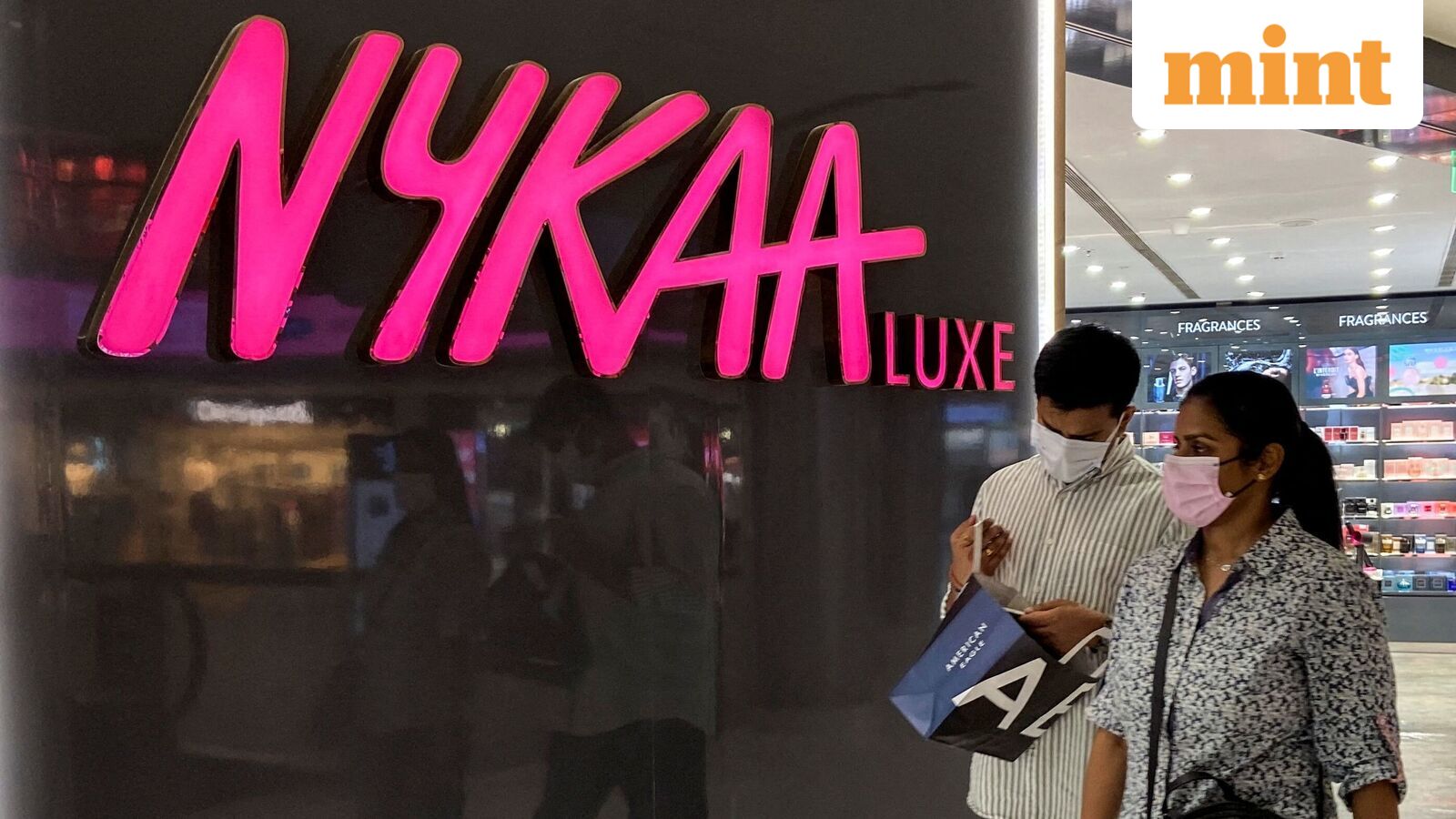Retail push after online success
Nykaa plans to double down on its offline expansion in the coming quarters. The company says its physical stores have become more than just showrooms — they now act as efficient hubs that help deliver orders faster to customers.
Why the brick-and-mortar pivot makes sense
Having stores across cities reduces the distance between inventory and customers. That leads to shorter delivery windows and lower shipping costs. In dense urban areas, a nearby store can often fulfill orders the same day, improving customer satisfaction and repeat business.
Benefits at a glance
- Faster deliveries: Stores serve as micro-fulfillment centers for quick dispatch.
- Lower logistics costs: Less reliance on long-haul transport and central warehouses.
- Improved customer experience: Easier returns, in-person consultations, and instant pickups.
- Stronger brand presence: Physical locations increase visibility and trust.
How stores are being used operationally
Rather than relying solely on e-commerce warehouses, the company is integrating inventory across its online and offline channels. This omnichannel approach allows staff to pick and pack items directly from nearby stores, turning each outlet into a local distribution point.
Challenges and what to watch
Expanding offline brings costs: store leases, staffing and local inventory management. The key will be balancing capital expenditure with the operational savings from reduced delivery times. Effectively using data to decide which neighborhoods need stores will determine the success of the rollout.
Outlook
For customers who value fast delivery and the option of in-store service, the move toward more physical outlets can be a win. If executed carefully, the offline expansion could strengthen the company’s logistics and deepen customer loyalty while keeping delivery times competitive.
